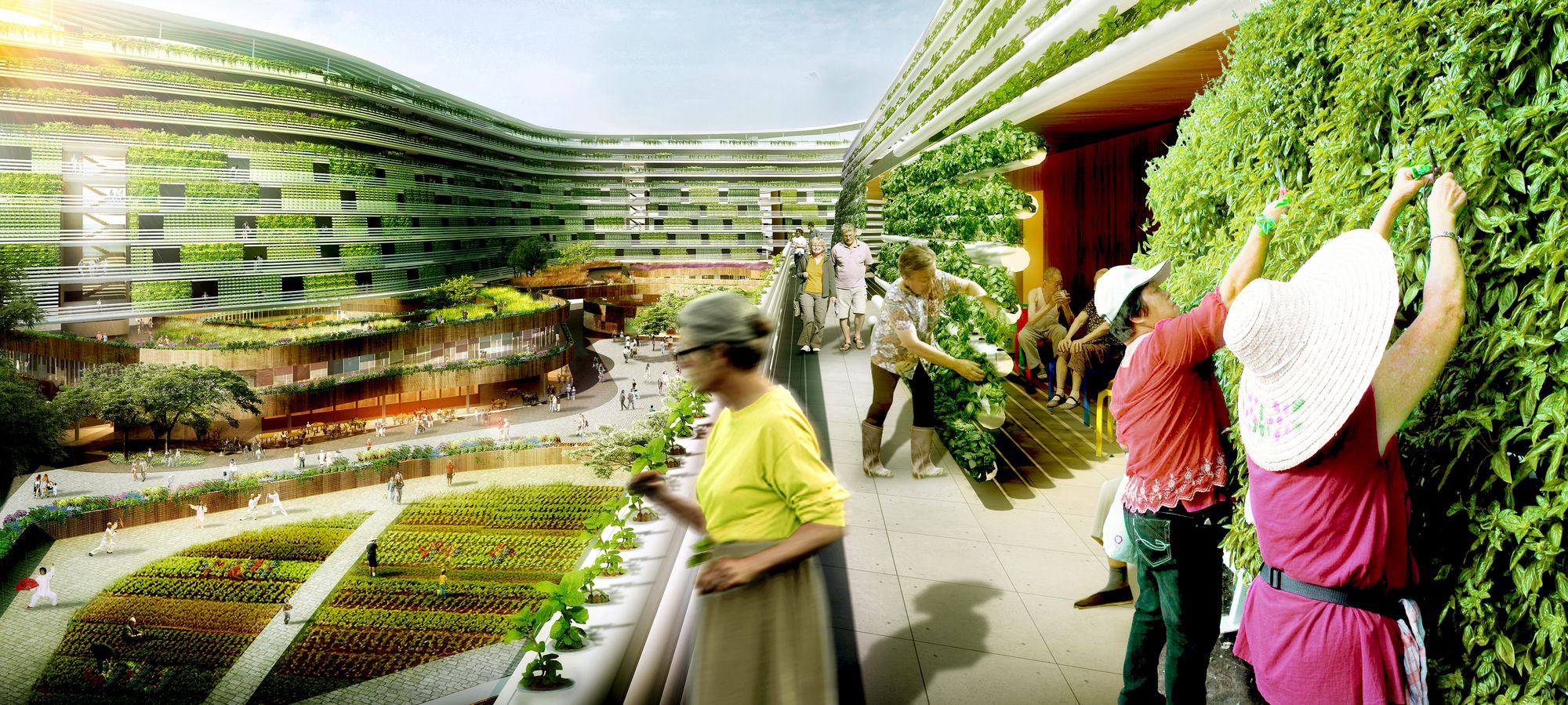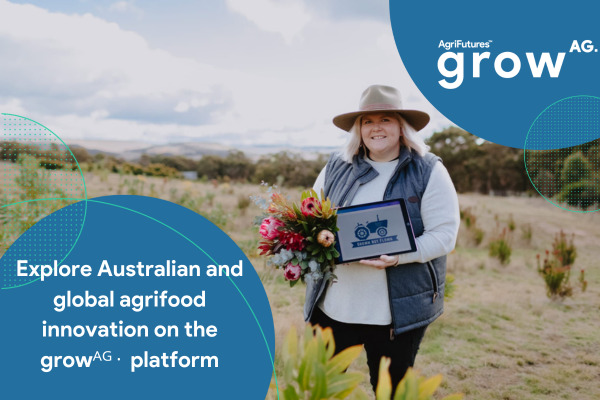SPARK, an international architectural and design consultancy, has revealed a conceptual proposal that aims to address two major concerns in the city-state: its rapidly aging population and its lack of locally grown produce.
Known as Homefarm, the project is one part retirement community and one part urban vegetable farm. The ultimate goal is to not only decrease Singapore’s dependence on exported food items, but to provide seniors with a renewed sense of purpose in a lush “garden environment.”

The population in Singapore is growing old, fast. By 2030, 20 percent of the population will be 65 or older — an “unprecedented age shift” according to Singapore’s National Population and Talent Division. Life expectancy has also been on the rise, from 72 years in 1980 to 84.38 years in 2014.
Then there’s the food security issue. Because Singapore has become so densely urbanized, it just doesn’t have the space for sprawling farmland as it did pre-World War II. As a result, 90 percent of its food is imported, with Malaysia, Indonesia, China, Australia, and the U.S the biggest suppliers. Only one percent of the entire population farms for a living, and crop offerings aren’t exactly diverse. The bulk of Singapore’s exports include poultry, eggs, fish, and a selection of vegetables.
By living in the proposed Homefarm community, folks could spend their golden years sprouting green thumbs. Aging residents would tend to three different types of sustainable, on-site farming units: traditional gardens on the ground level (yielding 7 tons per month), soil-based linear farms stacked on upper-level balconies (yielding 1.6 tons per month), and an aquaponic vertical farm planted firmly along the inner façade of the facility (yielding 29.7 tons per month). Aquaponic systems like the one in SPARK’s proposal also allow for the farming of fish, which live in large, walled-up water tanks behind the garden itself. Totaling the expected part-time and full-time jobs for each of the three farming units, over 511 jobs would be available.
While Homefarm sounds (and, based on the renderings, looks) like a blissful and productive bastion for the elderly, some questions beg to be asked. Since senior residents would be primarily, if not completely, responsible for managing the urban farms, how can one ensure that they remain engaged in their jobs (without reducing gramps and granny to garden slaves)? And what if a large percentage of the residents at any given time become unable to care for the plants due to health conditions associated advanced age?
Whatever the case, innovations in this vein are imperative to improving food security in highly urbanized places like Singapore. At the very least, SPARK hopes to “generate discussion about the many potentials that can emerge from the mixing of two typically separate realms.”
Have tips or news we should cover? Email [email protected]
FEATURED IMAGE: ArchDaily











Sponsored
Sponsored post: The innovator’s dilemma: why agbioscience innovation must focus on the farmer first